People who travel on the Pamir Plateau will always visit the ancient stone city with the highest altitude. The extremely heavy sense of history and the mutilated beauty of vicissitudes of life can always make people feel the passage of time. There used to be a place here called "Pantuo". The ancient country was nurtured by the "Princess Fort".
Pantuo once had a glorious history of more than 500 years, but with the passage of time, there are too many questions left to people here, and many have not been solved yet.
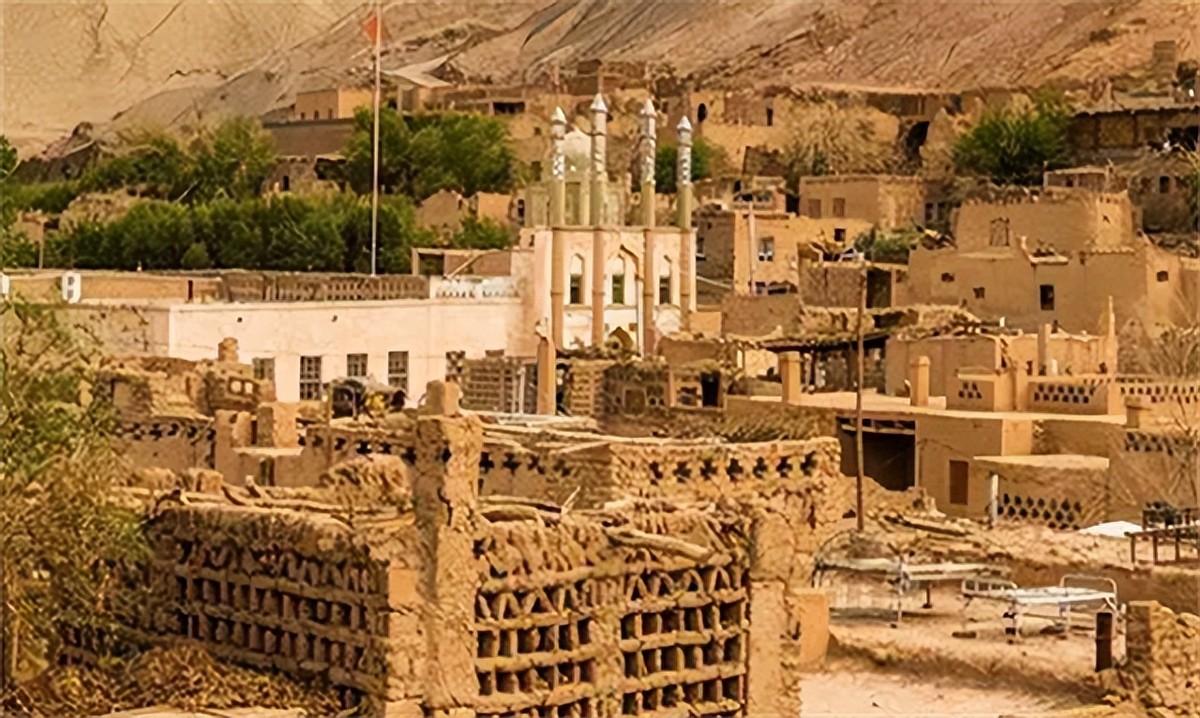
A kingdom built by chance
The capital of Pantuo Kingdom is Stone City, but there is no graphic information left about the palace itself, and even the excavation of cultural relics has not been carried out. It is like a beautiful secret that has been kept in the depths.
But there was a witness in the Pantuo Kingdom, and that was the famous monk Xuanzang.

Xuanzang passed by here in AD 644. According to his records, the perimeter of the royal city can reach 20 miles. That is to say, many of the remaining buildings that can be seen at present are the core part of the royal city, as well as the inner city and the royal city. The location of the palace, it can also be boldly speculated that the outer city is much larger than here.
Whether in ancient times or today, the strategic position here is very important. To the south, you can go to Pakistan, India and other places, and to the west, you can go to Tajikistan and other places. There is also evidence that the Qing Dynasty people also operated here.
Someone wrote this sentence: Princess Fort is the root and the origin of Stone City.
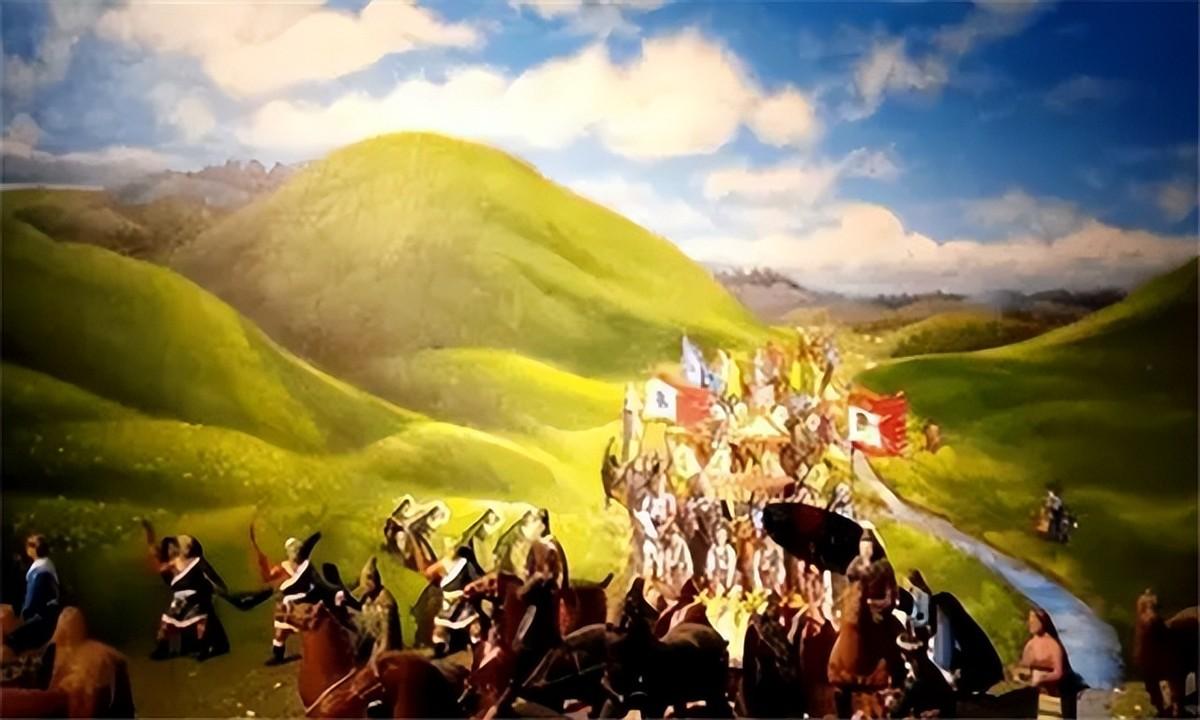
It is precisely because there are too few materials that can be verified now, so the Pantuo Kingdom still exudes a fascinating atmosphere of history. Many things are still a mystery. Some people have proposed: "There must be their reasons for building a huge castle on such a dangerous mountain."
This reason that many people dare not imagine has actually been recorded by Xuanzang himself. About 1,000 years ago, Xuanzang's "Records of the Western Regions of the Great Tang Dynasty" made the content very clear, but whether it is the real history of the year., to solve the mystery, I am afraid it will have to wait until the day when we go deep into archaeology.
In the records of the "Records of the Western Regions of the Tang Dynasty", a long time ago, a Han princess wanted to marry a Persian prince. When the Persian wedding team came to the place of Xiupanduo on the way back, they happened to encounter war, resulting in Traffic was also interrupted.
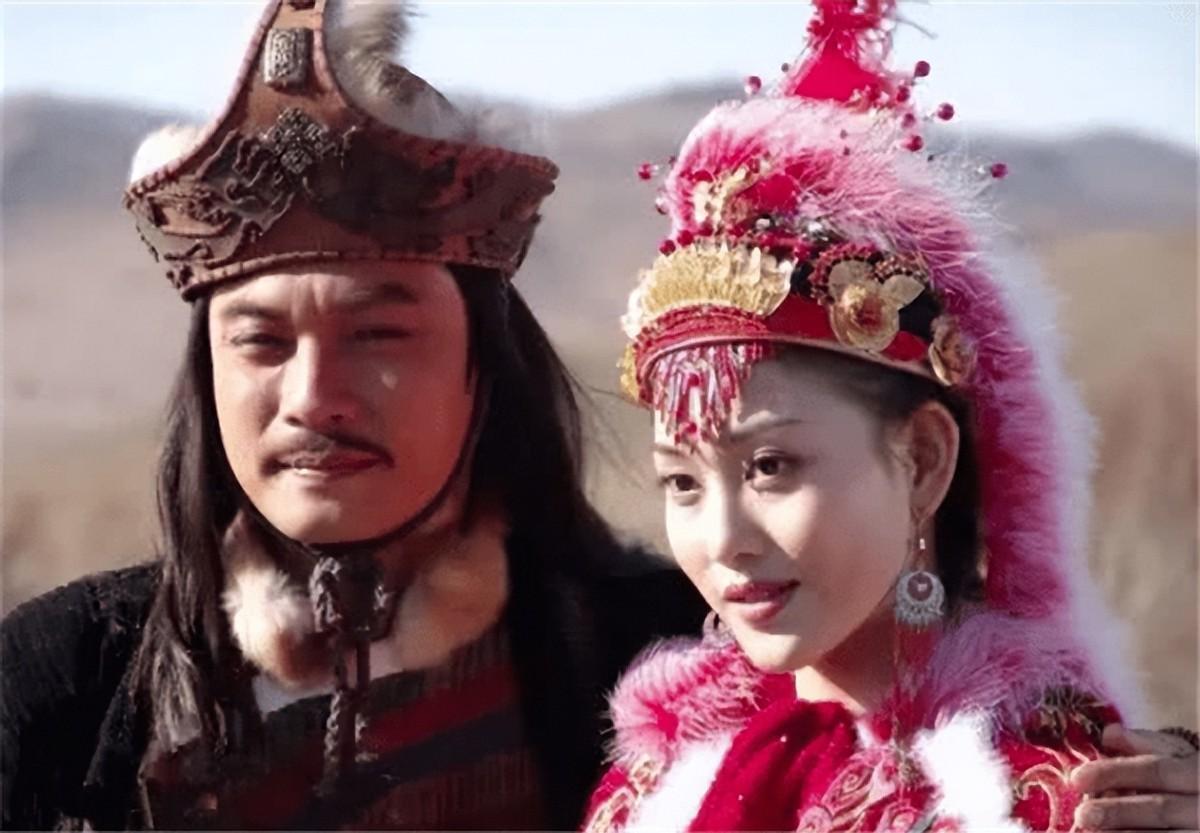
In desperation, these responsible ministers had to leave the princess on a lonely peak out of consideration for the safety of the princess.
There were still quite a few guards around the princess, but they were all placed below the Lonely Peak. It took three months before the situation outside finally stabilized.
As soon as the war stopped, the princess naturally had to continue on her way. After all, her husband from afar was still waiting, but when the messenger arrived again, she found a shocking piece of news: the princess' belly was big.
This situation scared everyone a lot. A large group of people brought a pregnant princess and relatives, which was not obviously to provoke conflicts between Han and Persia. When the king blamed it, it was normal for these guards to move their heads. Who would dare to take this risk?
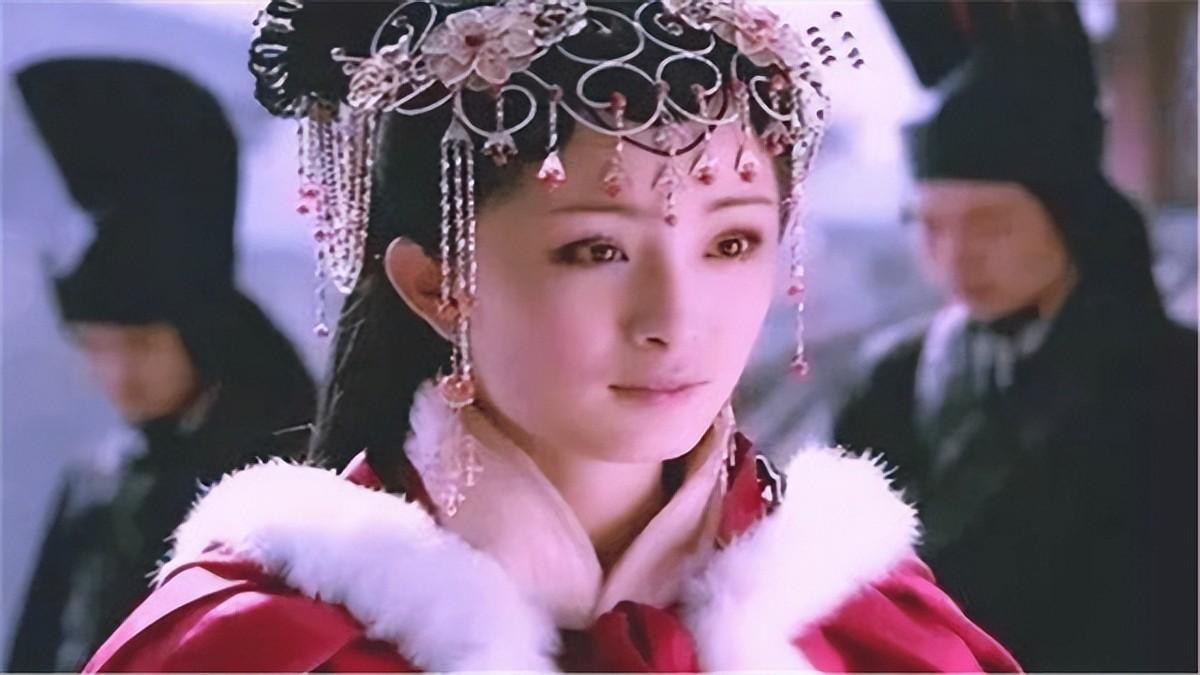
The envoys hurriedly investigated one by one to see which goddamn dared to impregnate the prince's wife, but after asking around, no one admitted it.
Just when everyone was at a loss, a waiter stood up.
She used a very abstract description: "I don't think you should blame each other. It was because of the meeting of the gods and the bride that the princess was pregnant. Every day I see a beautiful man come down from the sun at noon to meet the bride."
In fact, the envoys didn't care how the princess got pregnant, they cared about how to explain to the prince after they went back.
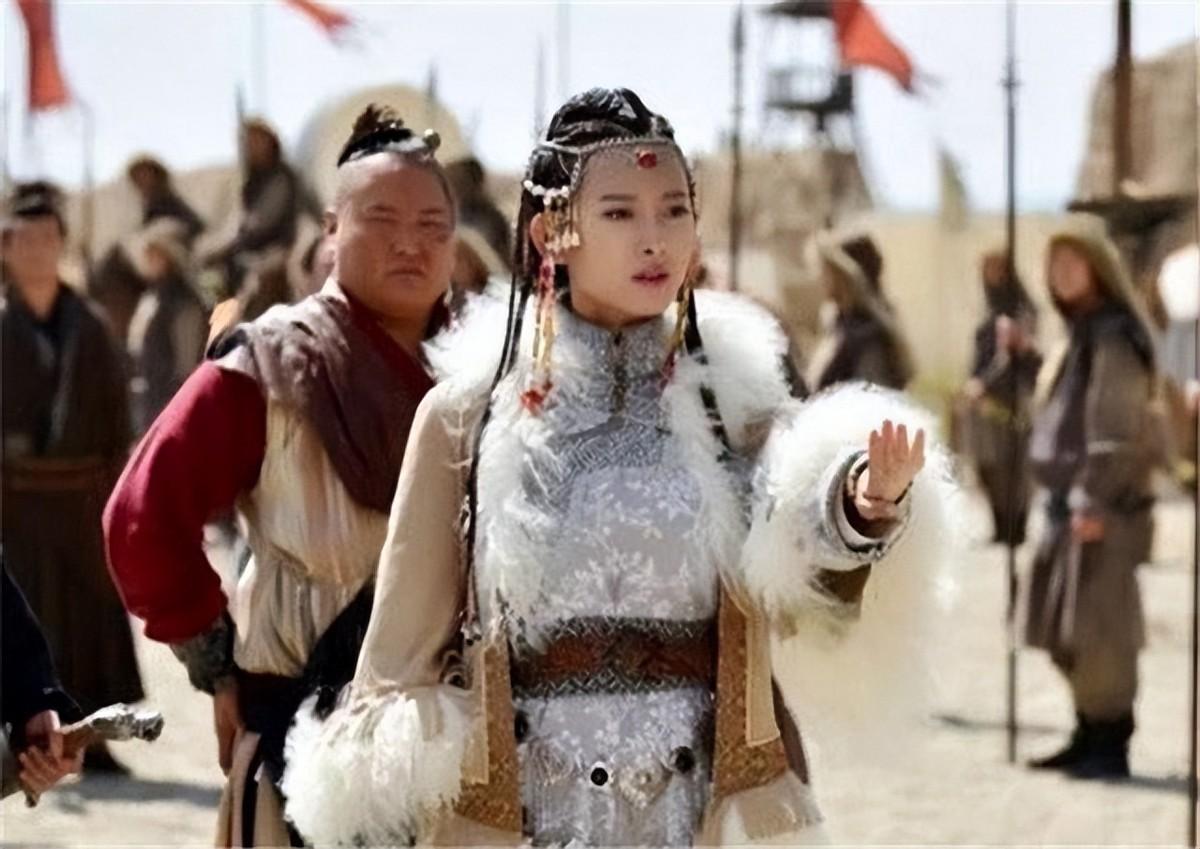
They said to the waiter, "I'm afraid it's hard to get rid of our guilt. If we stay here, the king will definitely send troops to fight against us. Going back is a dead end, no matter what."
After a heated debate, everyone still agreed: going back is a dead end, leaving at least a chance of survival.
It seemed that after consideration from the perspective of "defense", everyone decided to build a palace on the mountain peak. With unremitting efforts, the palace was quickly formed.
Later, everyone continued to build a city around the palace, so the woman who was lucky enough by the "god" became a well-deserved mistress.
With the arrival of the delivery period, the princess also gave birth to a beautiful little boy. In everyone's eyes, this child seems to have become the "Son of God" and will definitely be the master of this country in the future.
So far, the mother is the regent, the son is the king, and everyone lives very happily together.
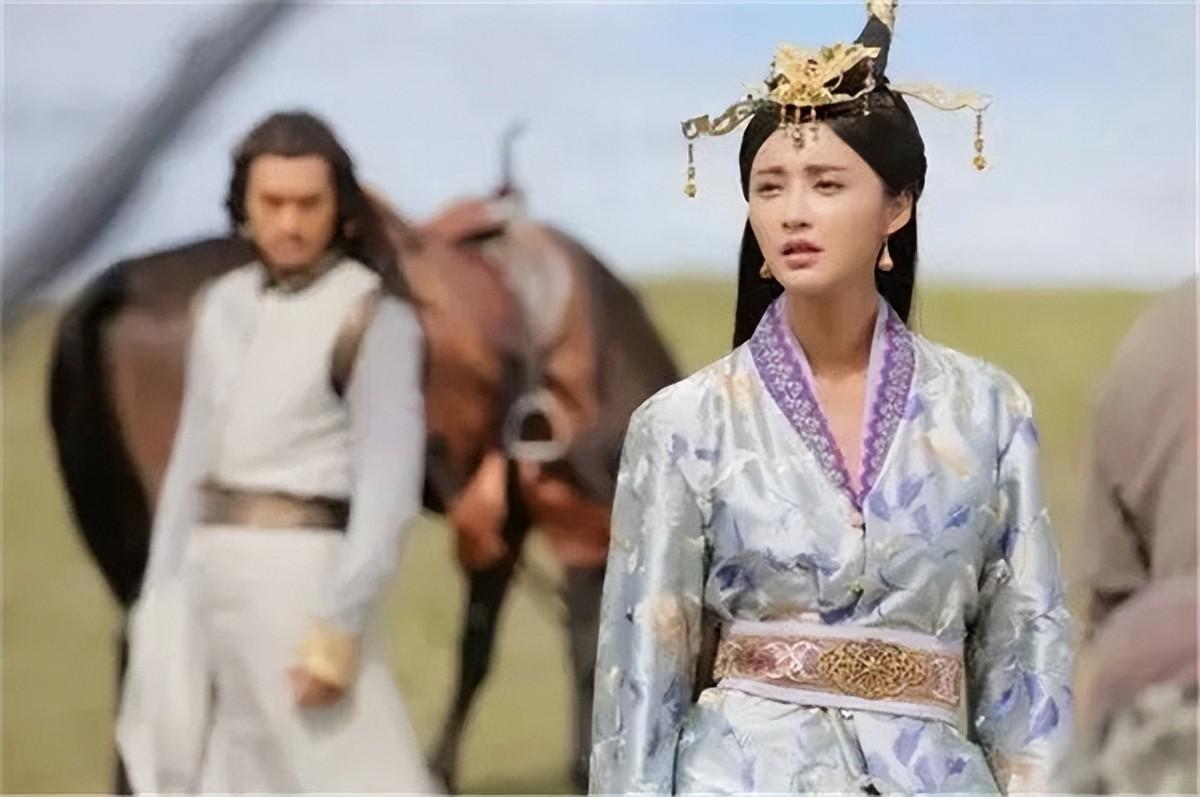
The Pamir Plateau around the hills has become a place for everyone to produce and work, and wasteland has been cleared and grain grown everywhere to meet the needs of everyone's daily life.
There are also legends that this little king later possessed superpowers, able to call the wind and call the rain at will, and other countries around him were amazed and chose to obey.
This place where the princess took refuge was also called "Princess Castle".
After many years, the little king became the old king, and he died all his life. He was buried in a stone room by everyone. Miraculously, the king's body was still undamaged after many years.
Later, people also had a precise name for this way of handling corpses: mummified corpses.
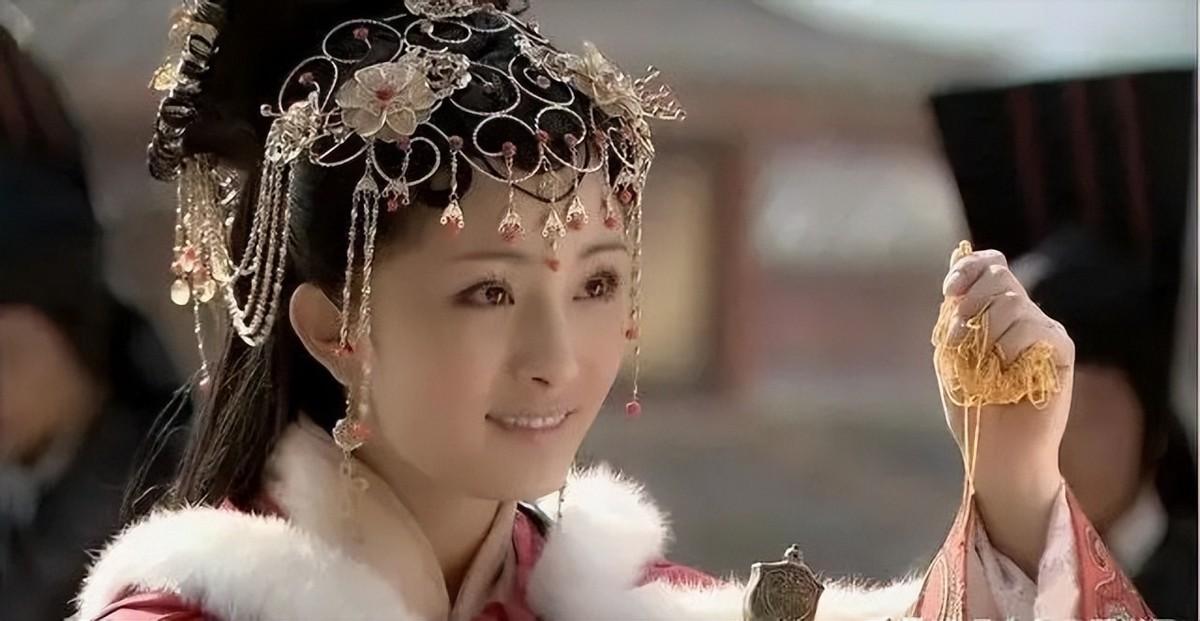
The descendants of the king also need to change clothes on the body of the old king on a regular basis, and they also call themselves "Han Ri Tianzong", which means that the father belongs to the sun god clan and the mother comes from the Han Dynasty.
In Xuanzang's records, these people had obvious Han characteristics. They wore "square crowns" on their heads, but "Hu clothes" on their bodies. However, the Pantuo Kingdom did not continue to prosper. There are clear records in Xuanzang's records: The country also declined later and was bullied by other powerful countries.
This time, Xuanzang passed by this place and stayed for more than 20 days.
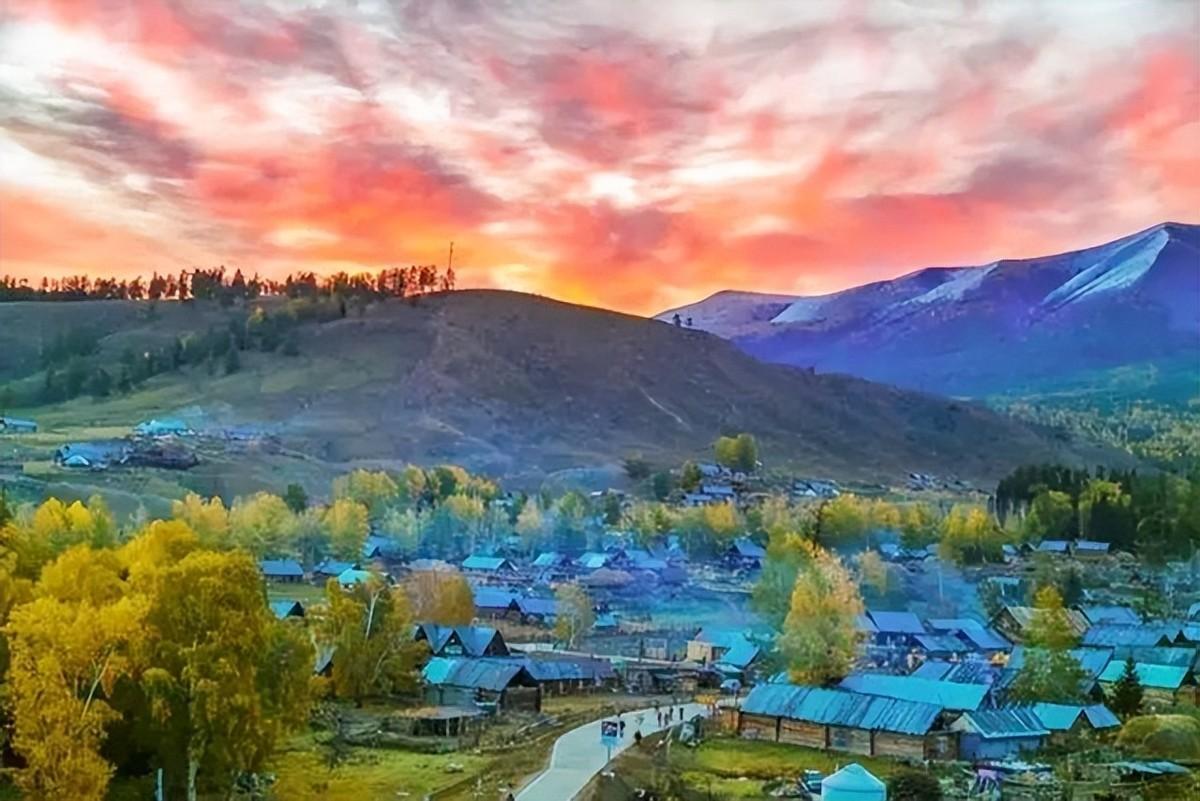
From the perspective of cultural attributes, the sun god descended from the sky and chose the women's private club obviously belongs to the style of the Indian story, but this appeared in the kingdom of Panda.
There is a more convincing explanation: this area was greatly influenced by the "Han Dynasty", but also by the influence of India and Persia. This story also adds three factors together, appearing in "The Western Regions of the Great Tang Dynasty".
Historically, after Xuanzang passed through Xiupantuo, later soldiers of the Tang Dynasty also came here, and also crossed the Onion Mountains to reach the farther Central Asia.
The central government of the Tang Dynasty also set up the Shonling Guardian in Pantuo, which belonged to the control of the Anxi Dufu. Since then, the influence of the "Han" has reached a small peak here.
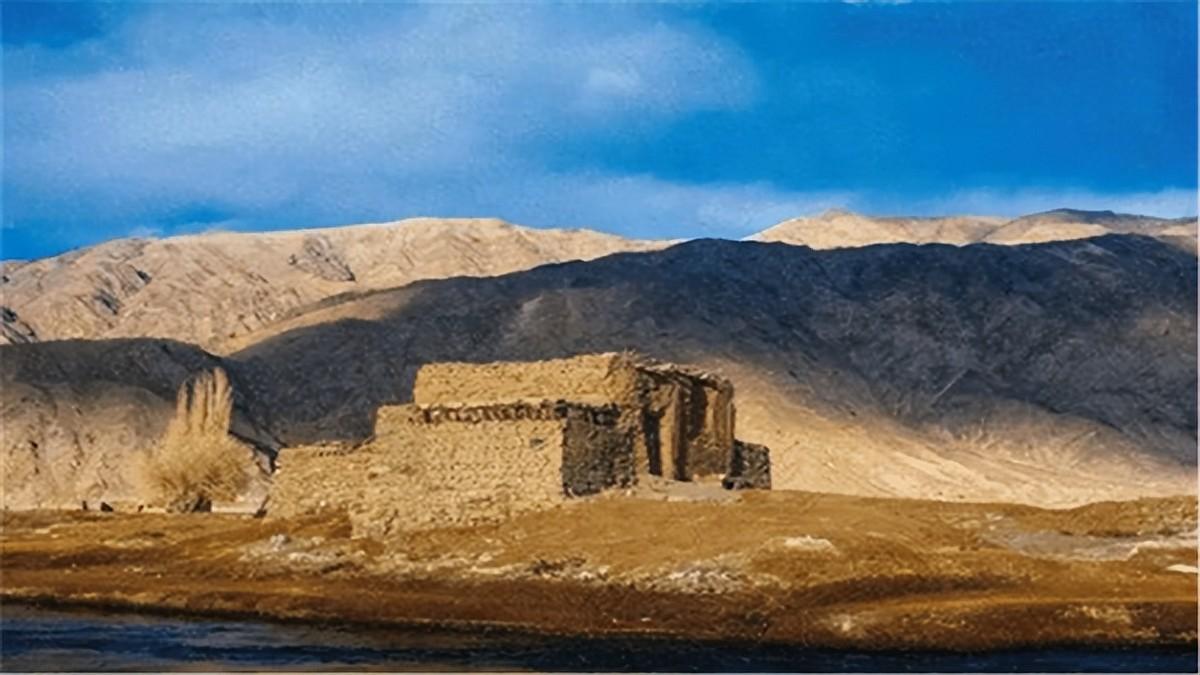
The countless mysteries left by the Pantuo Kingdom
The content in "The Story of the Western Regions of the Great Tang Dynasty" also aroused the interest of countless people. In August 2005, Feng Qiyong, an 83-year-old master of red studies, and a group of experts embarked on a journey to find Princess Castle together.
Interestingly, this expedition is not the first time that Princess Fort has been visited by experts. In the past, there have been many groups of expedition groups. In the early years, there was also a foreigner involved, and he was Stein.
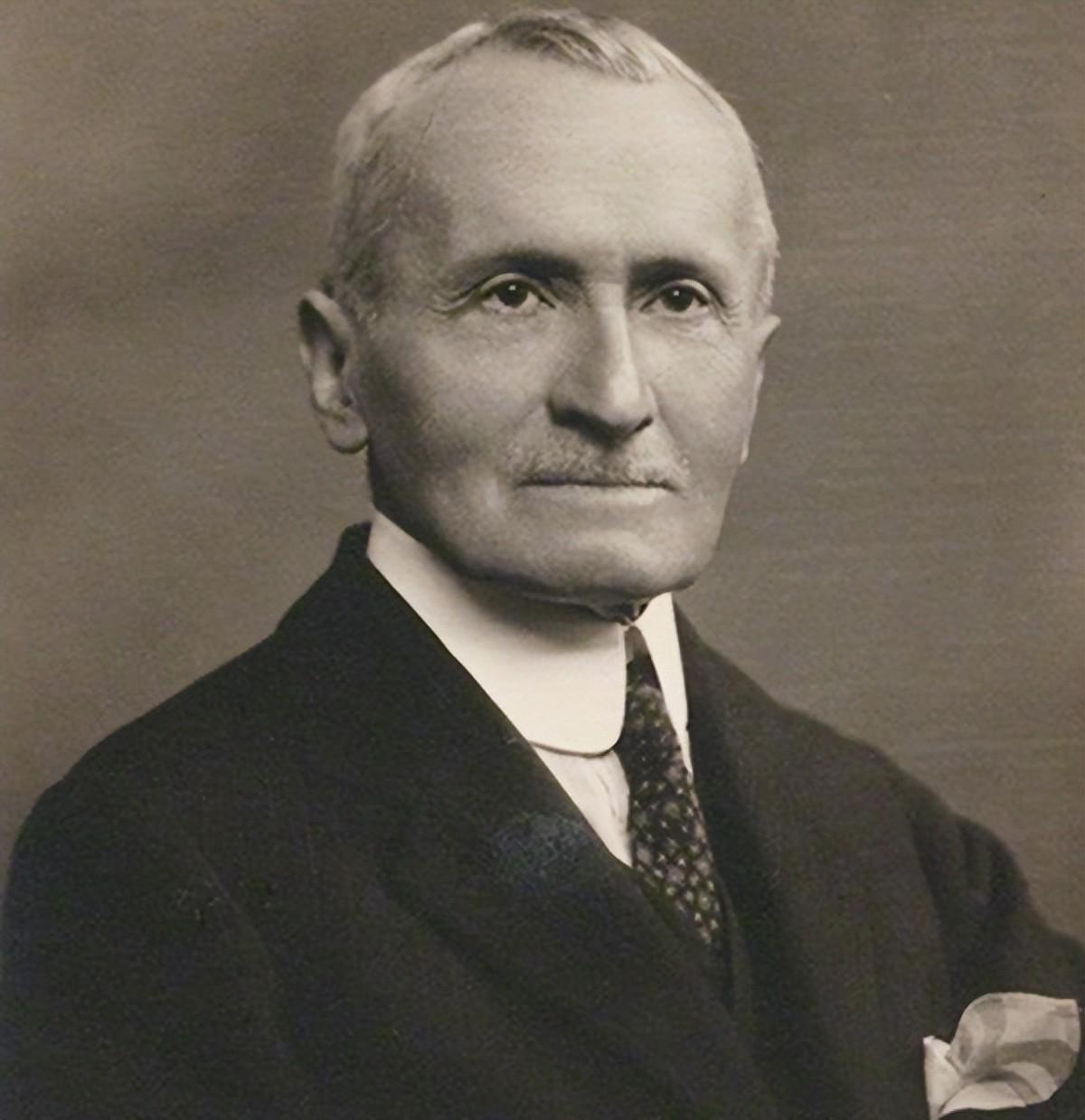
Stein, who had traveled to western China many times, was a veritable explorer. He had a strong interest in Xuanzang, and he also said to everyone: "Xuanzang is my protector."
He would set foot on this land, obviously influenced by "The Story of the Western Regions of the Tang Dynasty", and wanted to uncover the historical mystery of the Pantuo Kingdom.
Back then, Stein was on the road with "The Story of the Western Regions of the Great Tang Dynasty". He walked to a mountain called Kizi Kurgan, and he also concluded that this was the Princess Fort.
He also found a large number of ancient reclamation ruins near Kizkurgan, and tried to explain that this was once the place where the ancestors of Tashkurgan lived.
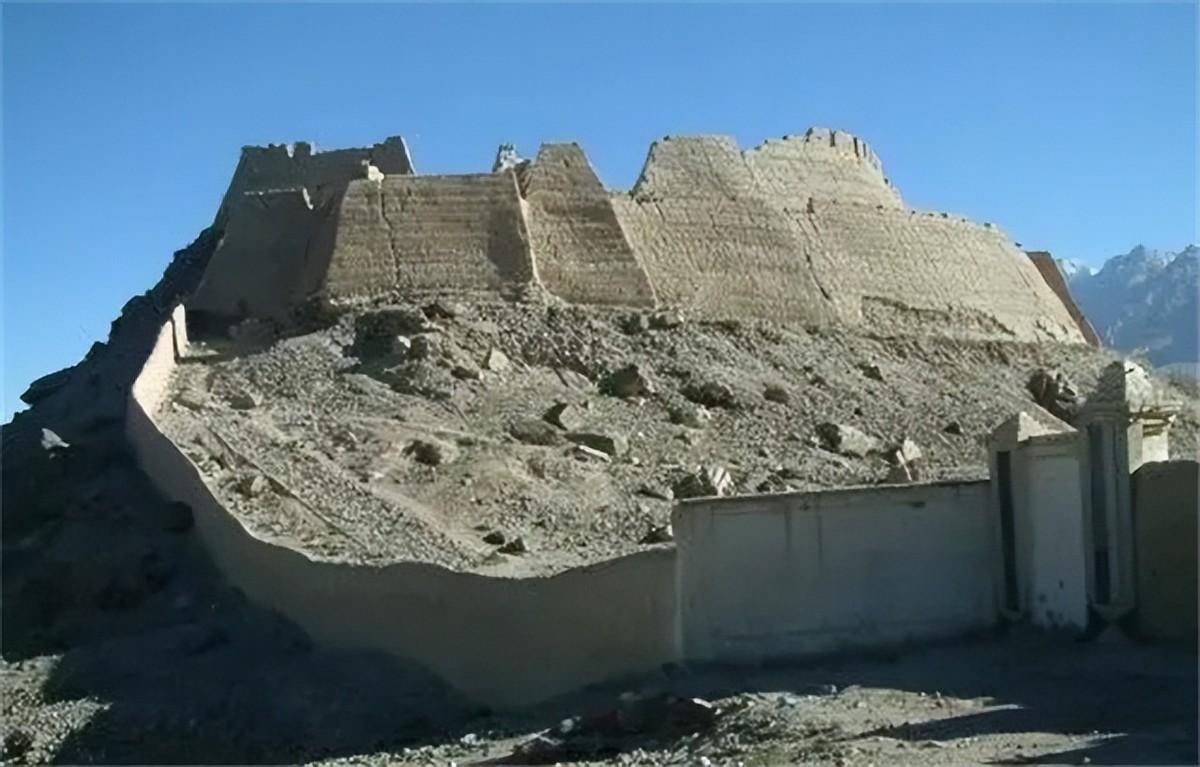
When Feng Qiyong and the others went, they also saw the Kizi Kurgan hill. The locals said to them, "The Princess Fort you are looking for is on the hill. From there, you can overlook the valley formed by the three rivers."
On the way to the mountain, everyone needed to take a detour, and they also met local Tajik fellow villagers. They proudly introduced: "The road you took is an ancient road that has gone through thousands of years. Our ancestors have taken this road for generations."
Walking and walking, everyone came to the river. Just when everyone was worried about how Mr. Feng Qiyong, who was in his 80s, passed, the local fellow villagers also brought donkeys.
It was Old Feng's first time riding a donkey. Surrounded by the two fellow villagers, he was also very happy. It seemed that he had become a "Tang Monk" once.
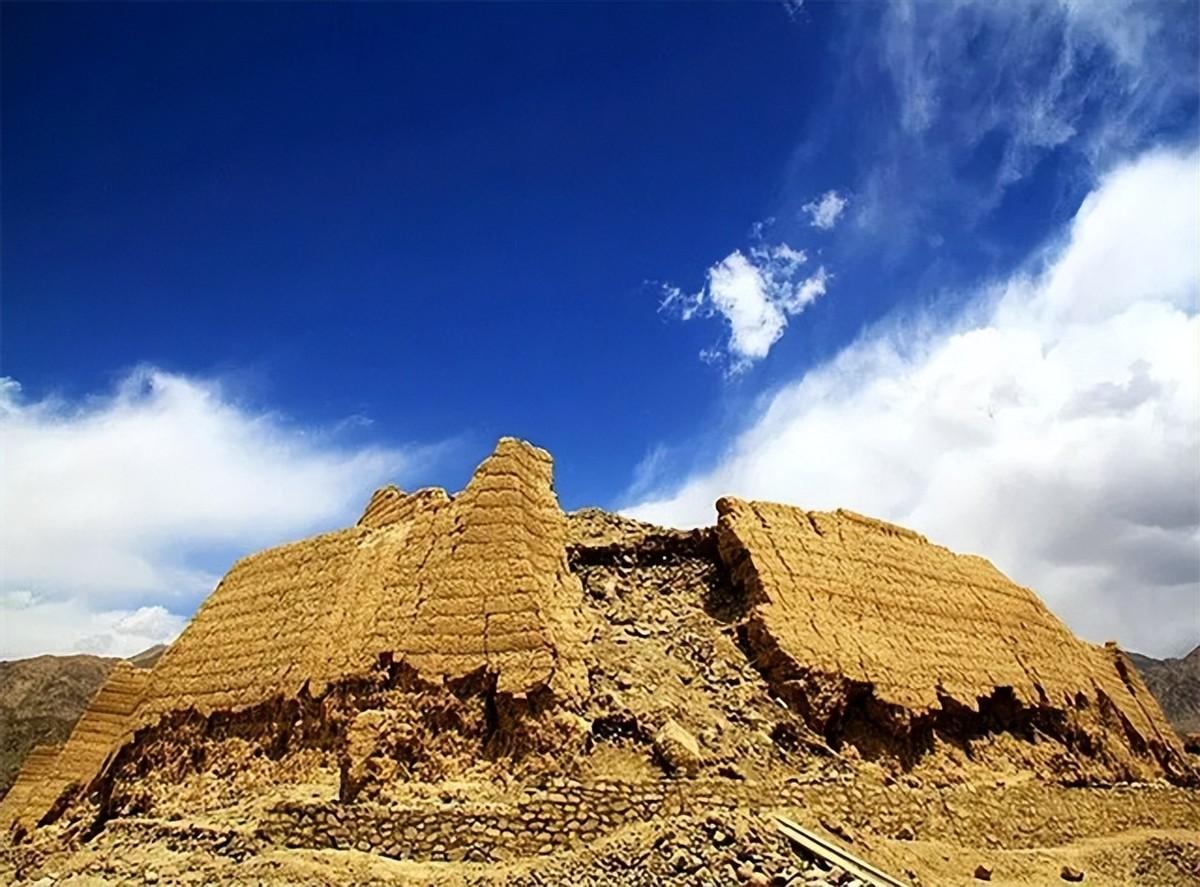
On the hill, everyone also found scattered pottery pieces, and it was also judged that it was a utensil for holding water.
Compared with romantic statements such as Princess Fort, everyone felt that there was a strong and strict military organization in the past in the ruins of the mountain. They also believed that Princess Fort was a military fortress that the ancestors had stationed for more than a thousand years..
This also filled everyone's heart with surprise: why is such a steel fortress always using such a feminine name.
Experts also made a bold speculation based on the findings: since the time of Emperor Wu of the Han Dynasty, due to political needs, countless rulers intermarried with countries in Central Asia, and many princesses would travel to their destinations through here. Princess Fort was used as a transit station. Witnessed a lot of history, and at the same time, according to the strategic considerations of the geographical location here, people also used natural hazards to construct frontier positions.

Moreover, when the sea route was not yet open, the Pamir area became the only way between the East and the West, which was also recorded in the "Former Han Shu · Western Regions Biography".
It is precisely because the ancient Tashkurgan area is the only way for East-West exchanges, the large number of cultural relics here has also attracted many Chinese and foreign cultural envoys and monks. The investigation and records of these people have also promoted the addition of a lot of cultural charm here., and deepened the background here.
Today, this area belongs to the Tashkurgan Tajik Autonomous County in the Kashgar region of China's Xinjiang Uygur Autonomous Region, through which you can travel to North India and other places.
The Western Regions of the Great Tang Dynasty had an important place in this book. It was also because this book recorded the most about the Great Pantuo Kingdom from ancient times to the present. The story mentioned a lot of things such as the "Han-Japanese Heavenly Seed" from the founding of the country to the early deployment of troops.
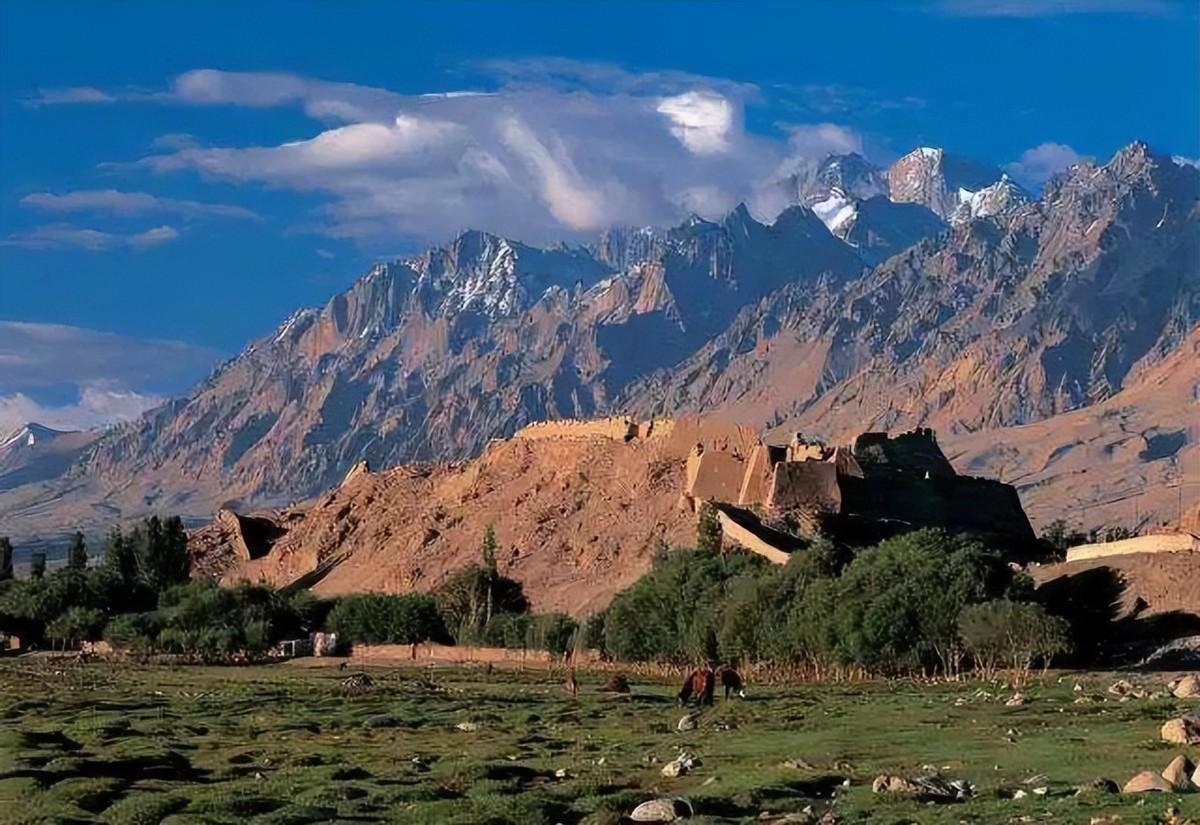
Moreover, in the records of Xuanzang, the straightforward, strong and brave characteristics of the local people are very similar to those of today's residents.
Perhaps it is for this reason that Stein took a copy of "The Story of the Western Regions of the Great Tang Dynasty" to find the secret.
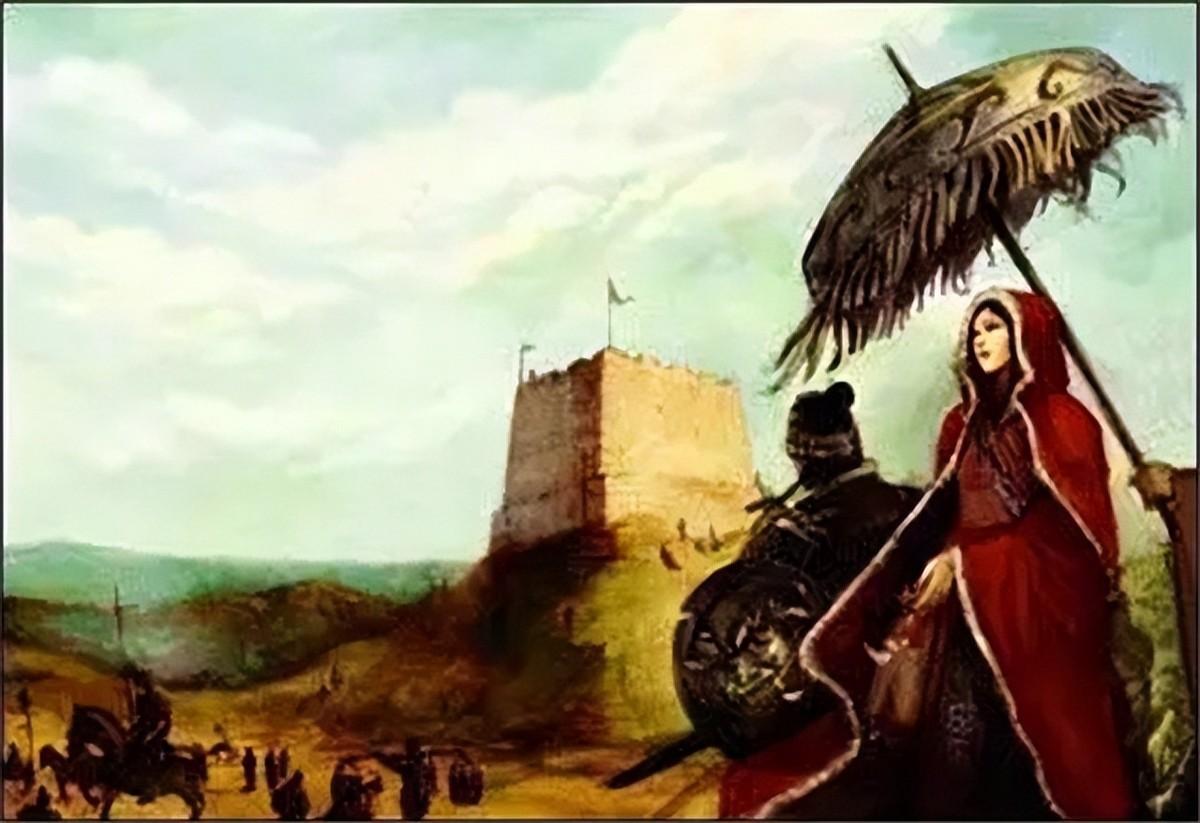
Reference
Princess Fort and Stone City: The Mystery of the Disappearance of King Pantuo Gu Bingshu, Chinese Nation
Princess Fort without Princess, Qu Xiangdong, Lei Dongjun, Civilization
